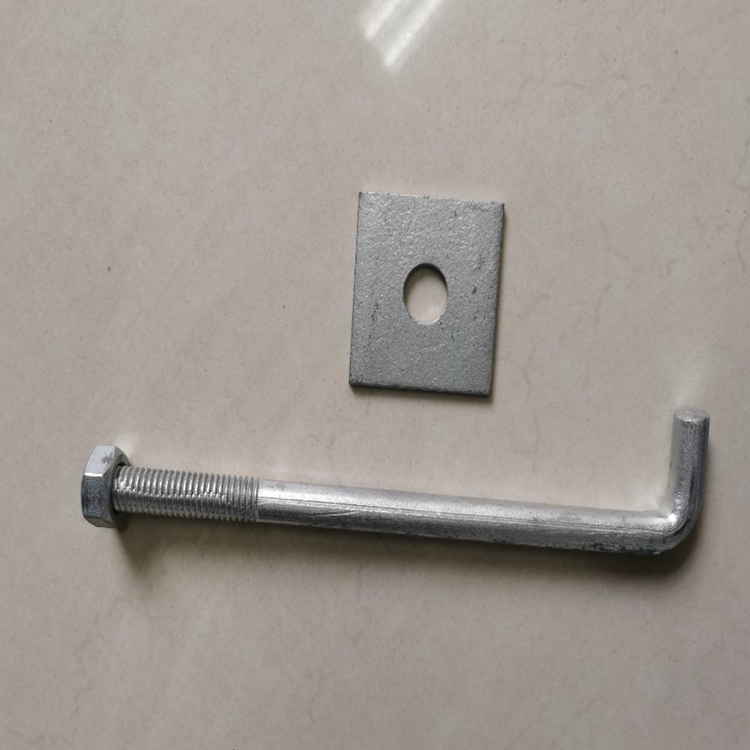16 d common nails
Understanding 16D Common Nails A Key Component in Construction
When it comes to construction and woodworking, the importance of nails cannot be understated. Among the various types of nails, the 16D common nail stands out as a popular choice for both professionals and DIY enthusiasts alike. But what exactly is a 16D common nail, and why is it so widely used in construction projects? Let's delve into the specifics of this essential fastener.
What is a 16D Common Nail?
The 16D designation refers to the size of the nail, with D standing for penny, an old term that originates from the historical practice of pricing nails by the penny. Specifically, a 16D nail is 3.5 inches long, making it one of the larger common nails available. Common nails are characterized by their thicker shank and larger head compared to other types of nails, providing significant strength and holding power.
Material and Coating
16D common nails are typically made of steel, which offers durability and resistance against bending under pressure. Many manufacturers also offer these nails with a variety of coatings, such as galvanized, which provides protection against corrosion. This feature is particularly important for outdoor applications, where exposure to moisture can lead to rust and degradation over time.
Applications of 16D Common Nails
The 16D common nail is primarily used for framing, sheathing, and decking. Its length allows it to penetrate deep into the wood, creating strong connections between structural elements. For instance, in residential construction, these nails are often used to attach wooden studs to plate beams, providing the framework for walls. Their robustness also makes them suitable for securing plywood sheathing to the frame of a house, which adds rigidity and support.
In addition to framing, 16D common nails are an excellent choice for constructing decks and fences. The thick shank helps resist withdrawal forces, ensuring that boards stay securely in place over time. When properly driven and spaced, the strength of a 16D nail can significantly enhance the longevity and integrity of outdoor structures.
16 d common nails

Advantages of Using 16D Common Nails
One of the primary advantages of using 16D common nails is their strength. The combination of length and thickness allows them to hold heavy loads, making them ideal for critical structural applications. Furthermore, they are relatively inexpensive compared to other fastening options, making them a cost-effective choice for large-scale projects.
Another benefit is ease of use. 16D common nails can be easily driven into wood using a hammer or nail gun. When used with a nail gun, they can be installed rapidly, saving time on the job site. Additionally, their large heads resist pull-through, which adds to the overall stability of the construction.
Considerations When Using 16D Common Nails
While 16D common nails are versatile, there are a few important considerations to keep in mind. For instance, in certain applications, such as pressure-treated wood, it’s essential to use nails that are specifically designed for such materials—preferably galvanized or stainless steel nails to prevent corrosion.
Moreover, while these nails are strong, proper installation is crucial. If not driven straight or if they are over-driven, they can potentially weaken the joint. It's important to also consider local building codes, which may dictate specific requirements for fasteners in structural applications.
Conclusion
In summary, 16D common nails are a fundamental component in the construction toolkit. Their length, strength, and versatility make them suitable for a multitude of applications, from framing and sheathing to decking and fencing. Understanding the properties and proper usage of these nails can lead to more secure and lasting constructions, whether it’s a modest home renovation or a grand new build. As you embark on your next construction project, consider the benefits of integrating 16D common nails into your plans, and you’ll be well on your way to achieving structural integrity and longevity in your work.
-
The Durability and Versatility of Steel Wire
NewsJun.26,2025
-
The Best Iron Nails for Your Construction Projects
NewsJun.26,2025
-
Strengthen Your Projects with Durable Metal Stakes
NewsJun.26,2025
-
Get the Job Done Right with Duplex Nails
NewsJun.26,2025
-
Explore the Versatility and Strength of Metal Mesh
NewsJun.26,2025
-
Enhance Your Security with Razor Wire
NewsJun.26,2025














